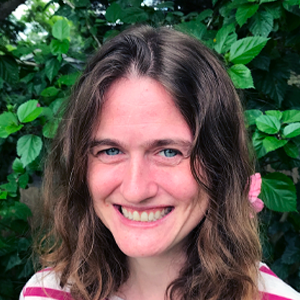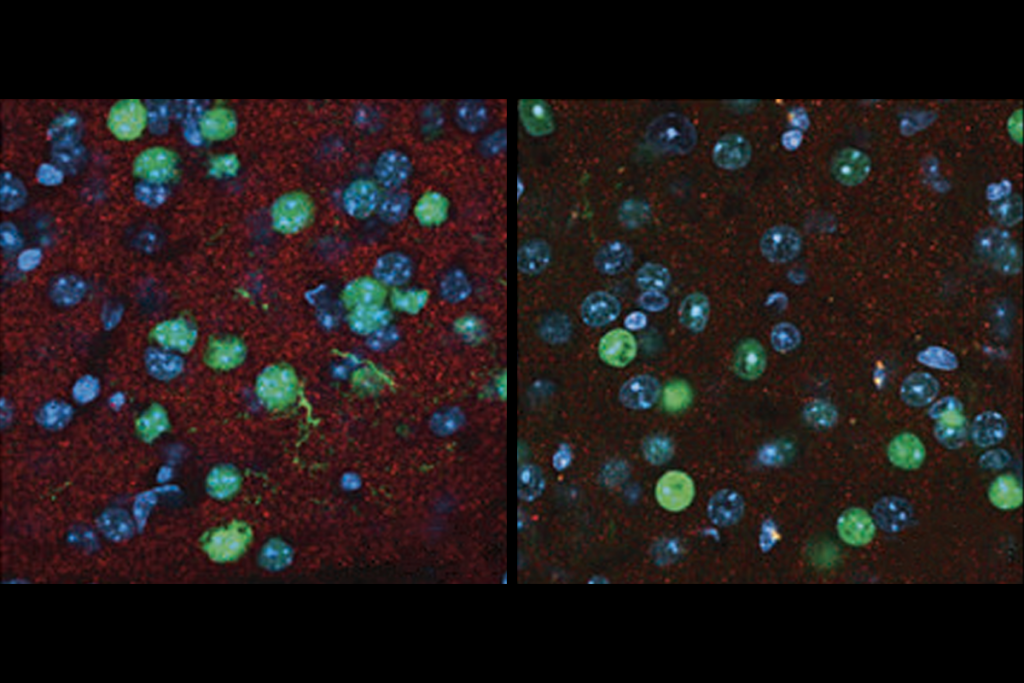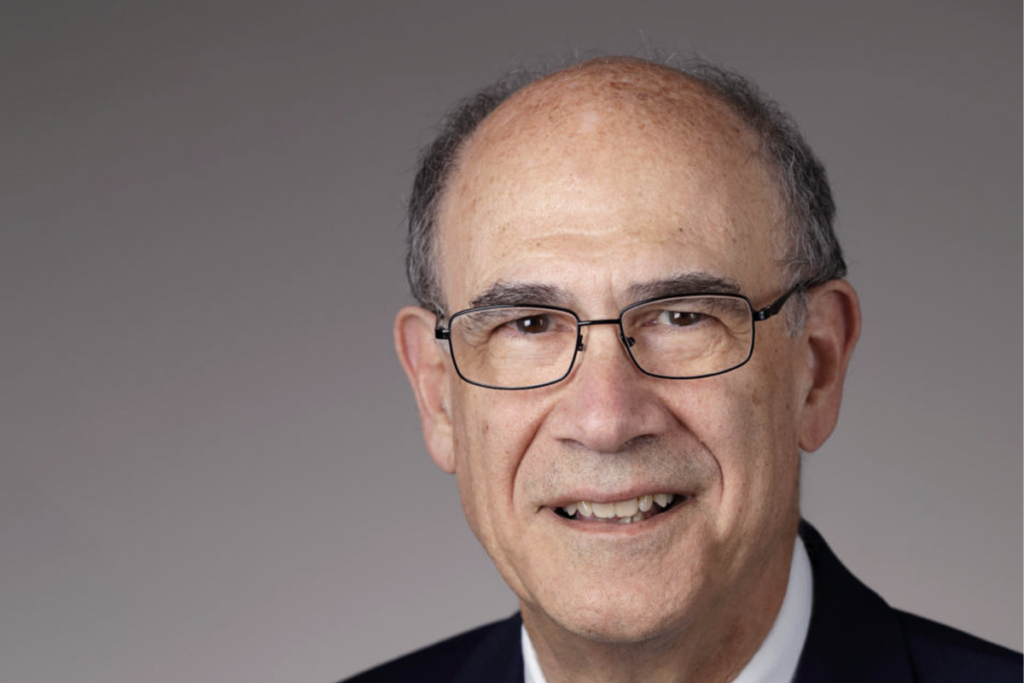Wendy C. Higgins is a Ph.D. candidate in the School of Psychological Sciences at Macquarie University. Her primary research interests are metascience, measurement validity and the philosophy of measurement.

Wendy C. Higgins
Ph.D. candidate
Macquarie University
From this contributor
It’s past time to stop using the Reading the Mind in the Eyes Test
The widely used measure of “theory of mind” needs to be re-examined, along with the long-standing claim that autism is linked to a lack of this ability.

It’s past time to stop using the Reading the Mind in the Eyes Test
Explore more from The Transmitter
Sex hormone boosts female rats’ sensitivity to unexpected rewards
During the high-estradiol stages of their estrus cycle, female rats learn faster than they do during other stages—and than male rats overall—thanks to a boost in their dopaminergic response to reward, a new study suggests.

Sex hormone boosts female rats’ sensitivity to unexpected rewards
During the high-estradiol stages of their estrus cycle, female rats learn faster than they do during other stages—and than male rats overall—thanks to a boost in their dopaminergic response to reward, a new study suggests.
SHANK3 deficiency and behavior in mice; and more
Here is a roundup of autism-related news and research spotted around the web for the week of 24 November.

SHANK3 deficiency and behavior in mice; and more
Here is a roundup of autism-related news and research spotted around the web for the week of 24 November.
Remembering Mark Hallett, leader in transcranial magnetic stimulation
The long-time NINDS researcher, best known for studying movement disorders, has died at age 82.

Remembering Mark Hallett, leader in transcranial magnetic stimulation
The long-time NINDS researcher, best known for studying movement disorders, has died at age 82.